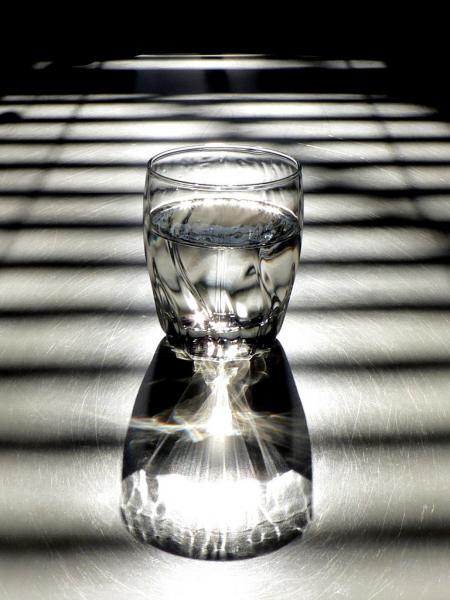EPA: Fracking Can Pollute Groundwater

The result was the first time the government had linked fracking chemicals to ground water contamination and it could set the stage for government regulation of a process that is at once central to America’s natural gas revolution, but also decried by environmental activists for being toxic and unpredictable.
Officials in Pavillion, Wye. warned residents last week to avoid the drinking water when EPA preliminary test results revealed chemicals in the water which may have leaked from the hydraulic fracturing process.
Encana, a publicly held Canadian energy company, has been drilling in Pavillion, a rural community of 175 in the central part of the state, since 2004. Residents in 2005 complained about strange tasting water.
“EPA’s highest priority remains ensuring that Pavillion residents have access to safe drinking water,” said Jim Martin, the agency’s Denver-based regional administrator. “We will continue to work cooperatively with the state, tribes, Encana and the community to secure long-term drinking water solutions.”
An expansion of fracking has been a boon for the domestic energy industry. Some estimates put the US natural gas reserve at over 1 trillion cubic feet and enough to last for over 80 years. Advocates say that natural gas is a cleaner burning alternative fossil fuel to coal and its abundance has helped drive down the price of energy as well as providing jobs in communities.
But environmentalists have raised the alarm about possible contamination issues with groundwater. Under rules passed in 2005 the government has no power to regulate natural gas extraction under the Safe Drinking Water Act.
The extraction process in fracking involves pumping water, sand and some chemical additives into rock—primarily shale—in order to crack the rock and release the hydrocarbons. For years, drilling companies have insisted that the practice is safe and groundwater is unaffected.
Encana posted a rebuttal on its website Monday, slamming the EPA’s findings. It questioned the government’s testing methodology, both in the EPA’s analysis and the decision to release the results before third-party review.
“These preliminary conclusions do not stand up to the rigor of a non-partisan, scientific-based review,” Eric Marsh, Encana Executive Vice-President of the U.S. division, said in the statement. “Safe and responsible natural gas development is vital to North America’s energy security, and hydraulic fracturing is an important, necessary and safe part of natural gas development.
Encana also lambasted “unacceptable inconsistencies” between the EPA’s findings and its own tests, which have been carried out over the past five years and revealed no contaminations resulting from fracking. Encana disclosed that it has been giving some Pavillion residents bottled water over the past years due to complaints over tap water tastes.
The EPA maintained that the results of its testing, wherein the agency dug two wells of greater than 700 feet and analyzed groundwater samples, remained unofficial; in making them public they were open to a 45-day period of peer review.
Still, the announcement gave fuel to the environmental activists who have cast doubt on the supposedly safe practices of fracking. Writing on the National Resource Defense Council website, Amy Mall said the EPA’s findings are only the first step to acknowledging the need for more government oversight in drilling and extraction:
“No one can accurately say that there is "no risk" where fracking is concerned. This draft report makes obvious that there are many factors at play, any one of which can go wrong. Much stronger rules are needed to ensure that well construction standards are stronger and reduce threats to drinking water.”
Reach Editor-at-Large Tom Dotan here
Best way to find more great content from Neon Tommy?
Or join our email list below to enjoy the weekly Neon Tommy News Highlights.



